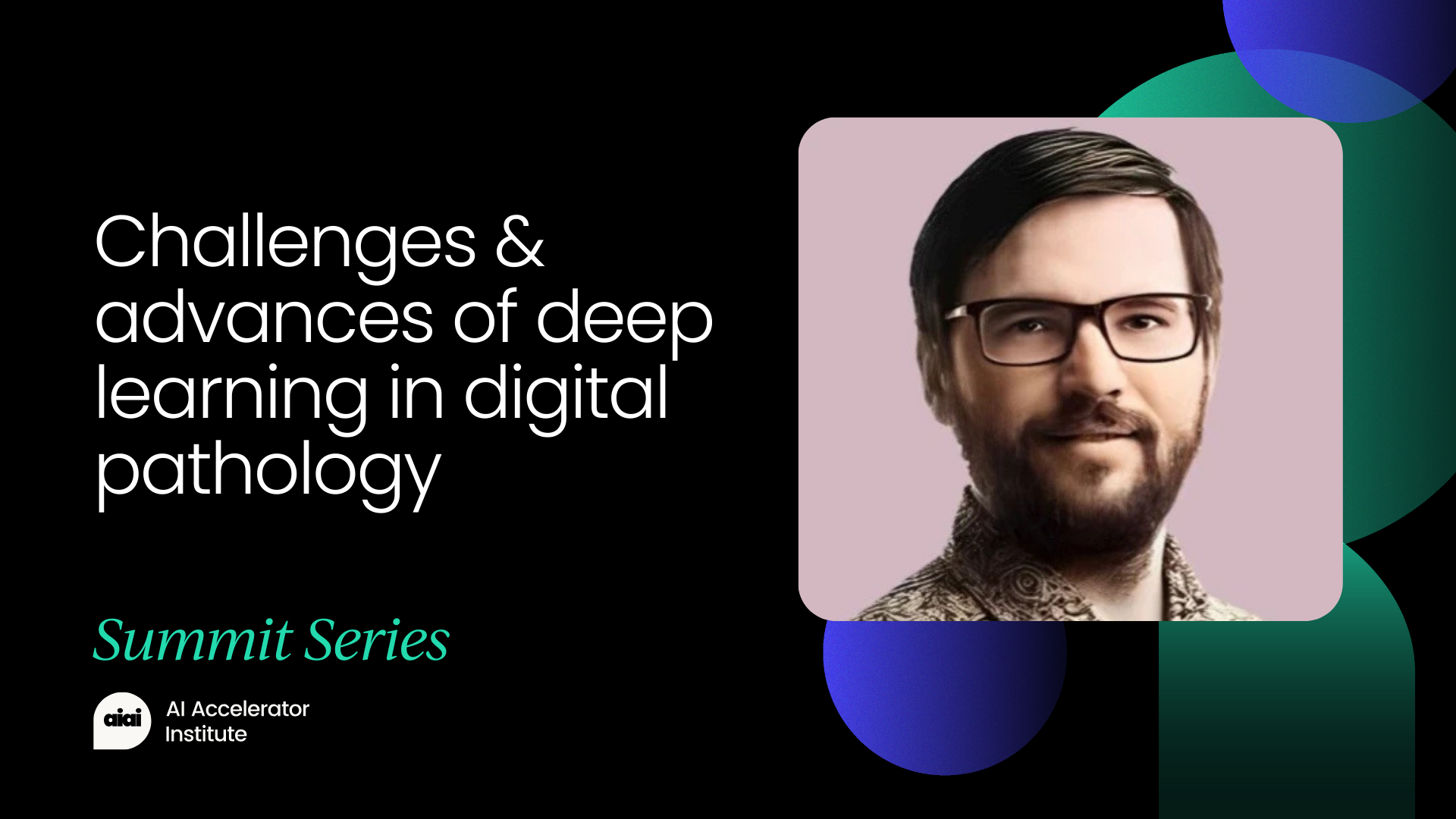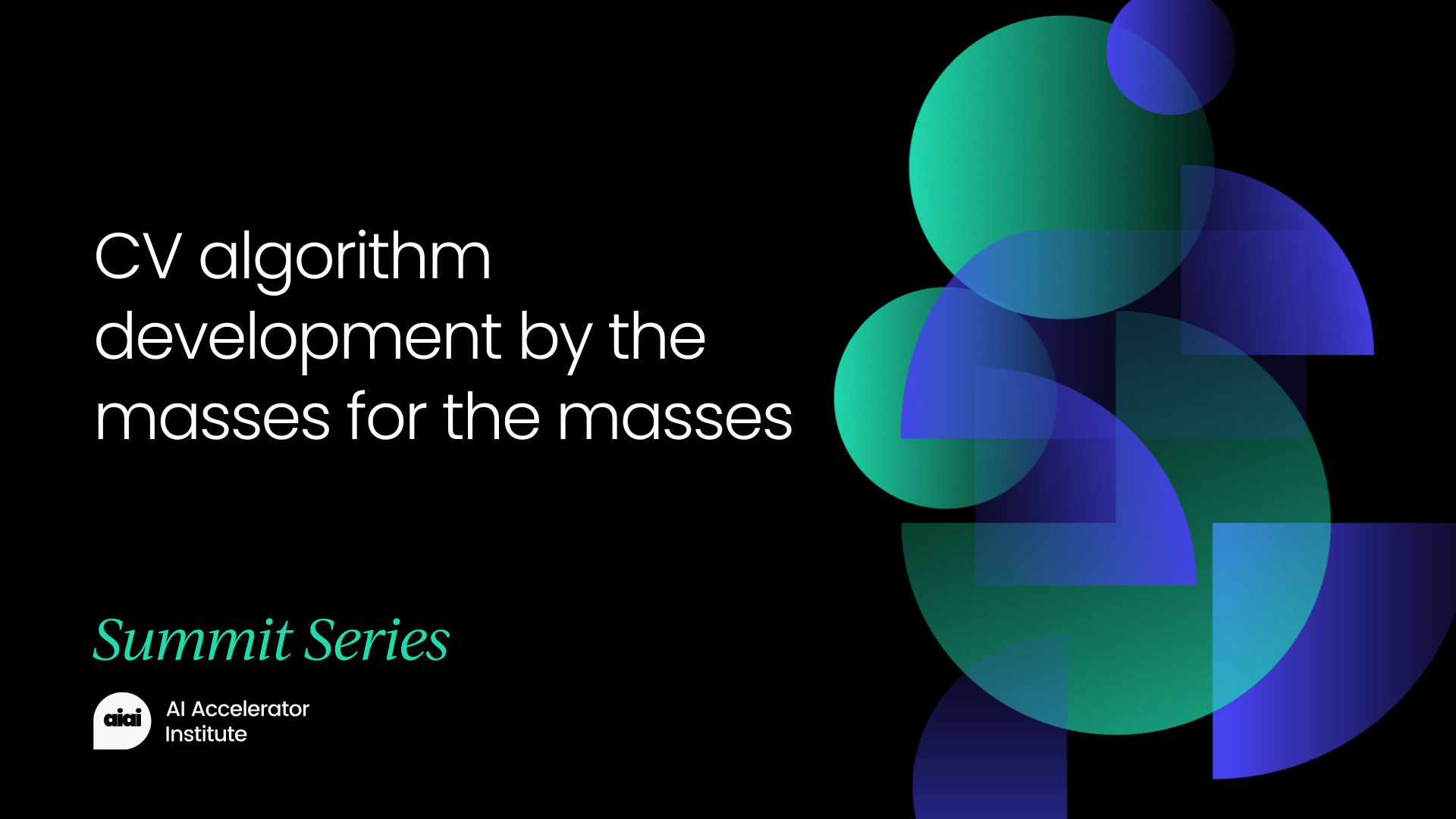Challenges & advances of deep learning in digital pathology
PositiveArtificial Intelligence

Deep learning is making significant strides in digital pathology, enhancing diagnostic accuracy and streamlining workflows. This technology not only improves the speed of analysis but also tackles various challenges related to data and model performance. As healthcare continues to evolve, these advancements are crucial for better patient outcomes and more efficient medical practices.
— Curated by the World Pulse Now AI Editorial System





